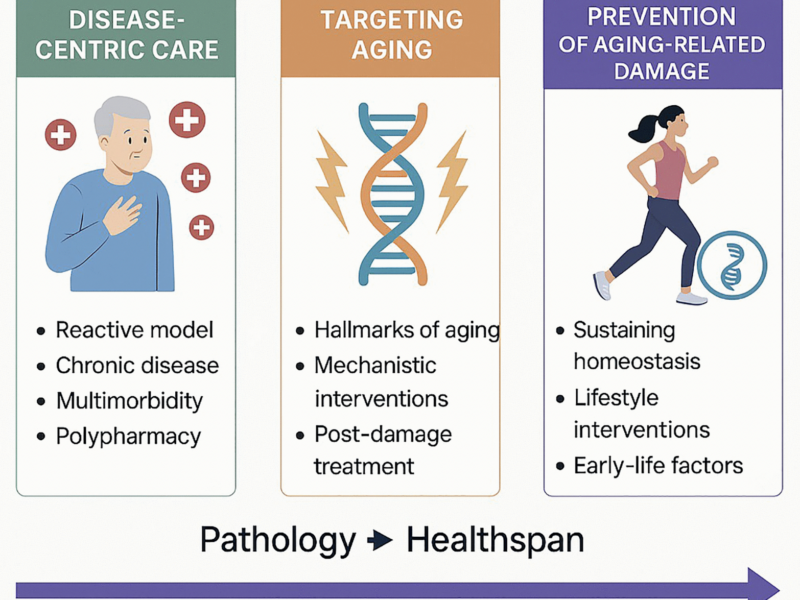A new editorial was published in Aging (Aging-US) Volume 17, Issue 5, on May 29, 2025, titled “Rethinking healthcare through aging biology.”
Aging (Aging-US) Authors
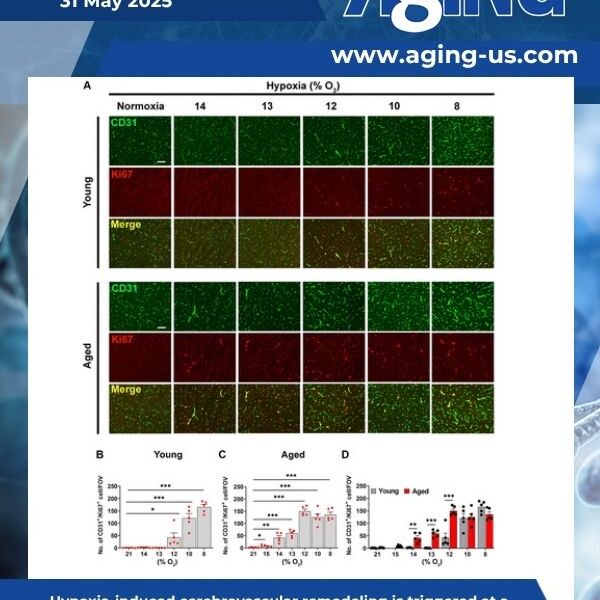
A new research paper was published in Aging (Aging-US) on May 1, 2025, as the cover of Volume 17, Issue 5, titled “Defining the hypoxic thresholds that trigger blood-brain barrier disruption: the effect of age.”

Chronic mild hypoxia (CMH; 8% O2) triggers transient blood-brain barrier (BBB) disruption, an effect greatly increased with age. As BBB disruption predisposes to neuronal death and cognitive decline, here we defined the hypoxic thresholds that trigger BBB breakdown in young and aged mice, and then defined the age at which hypoxia-induced BBB disruption significantly increases.
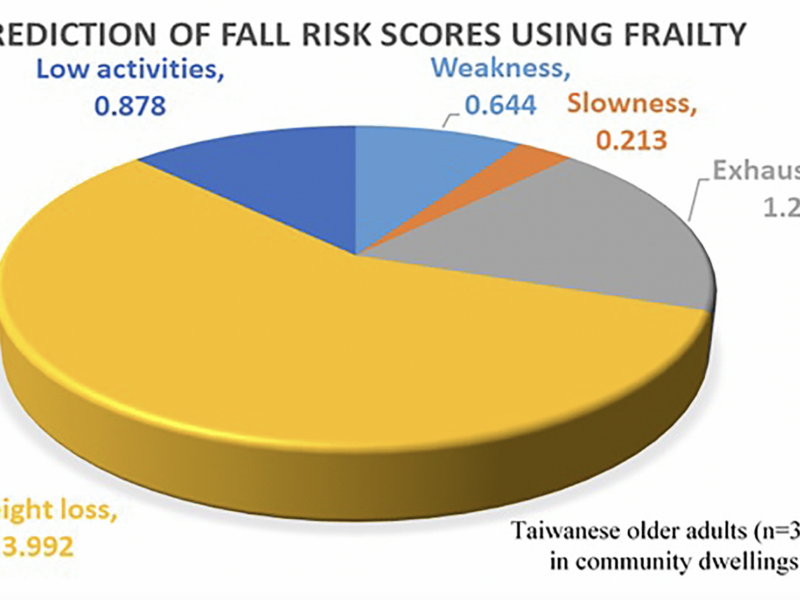
A new research paper was published in Aging (Aging-US) Volume 17, Issue 4, on April 1, 2025, titled “Examining frailty phenotypes of community-dwelling older adults in Taiwan using the falls risk for older people in the community – Taiwan version (Tw-FROP-Com).”
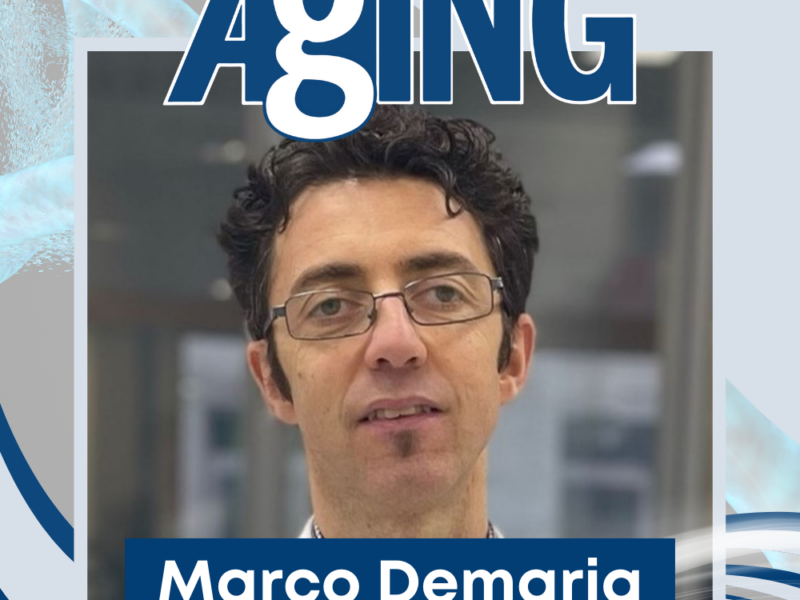
It is with great enthusiasm and a deep sense of responsibility that I have assumed the role of Editor-in-Chief of Aging-US, effective January 1, 2025. Throughout my career at the intersection of aging research, cellular senescence, and translational science, I have witnessed the transformative potential that deeper insights into the biology of aging can have on healthspan and overall quality of life. This is why I am honored to guide Aging-US into its next chapter.
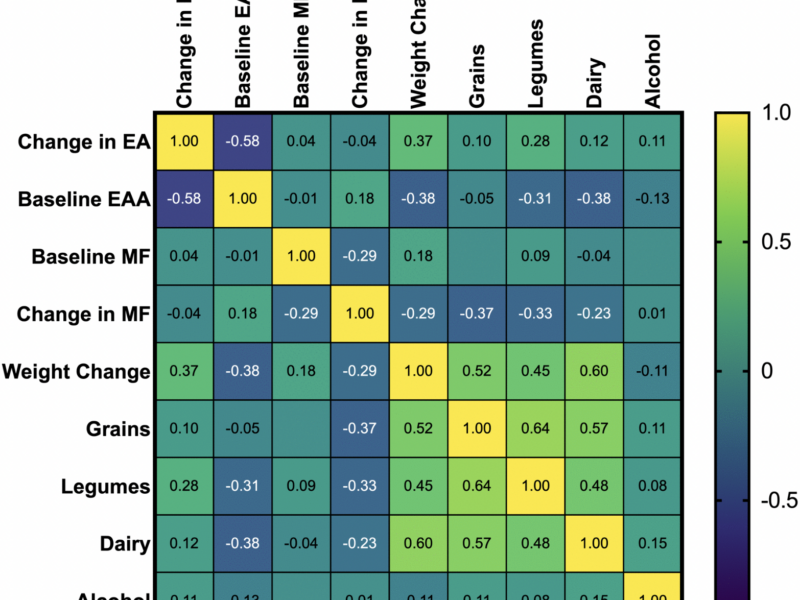
A new research paper was published in Aging (Aging-US) Volume 17, Issue 4, on April 17, 2025, titled “Dietary associations with reduced epigenetic age: a secondary data analysis of the methylation diet and lifestyle study.”

Dr. Shubhankar Suman from the Department of Oncology at Georgetown University Medical Center joins host Dr. Evgeniy Galimov to discuss a research paper he co-authored in Volume 17, Issue 1 of Aging (Aging-US), titled: “Senolytic agent ABT-263 mitigates low- and high-LET radiation-induced gastrointestinal cancer development in Apc1638N/+ mice.”
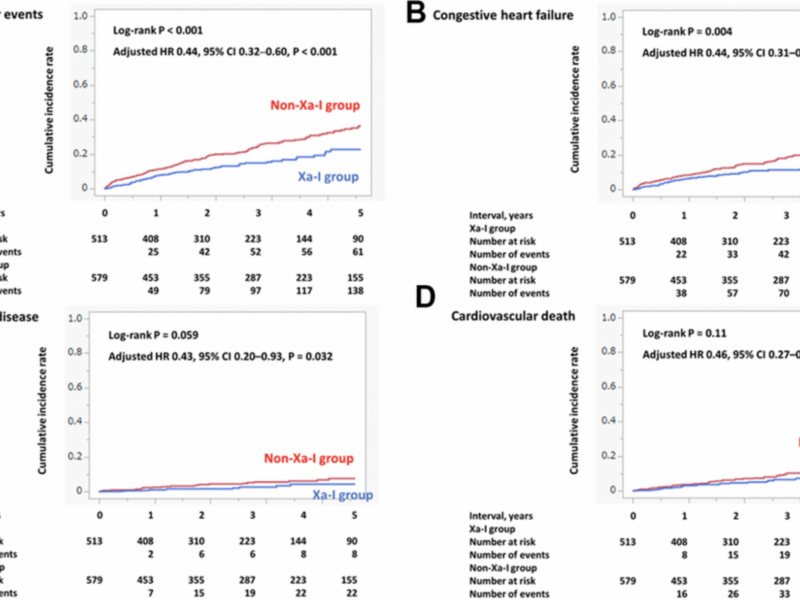
A new research paper was published in Aging (Aging-US) Volume 17, Issue 4, on April 10, 2025, titled “Impact of Factor Xa inhibitors on cardiovascular events in older patients with nonvalvular atrial fibrillation.”

